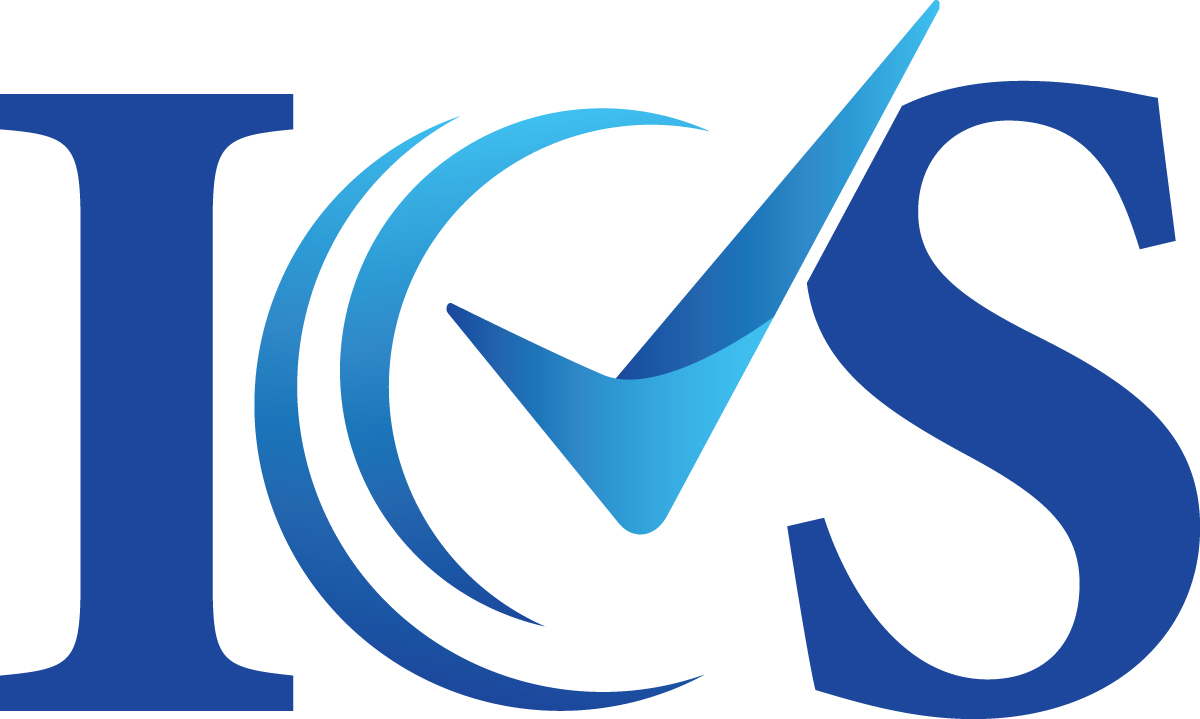What is Duty Drawback?
The duty drawback process typically involves the following steps:
Importing: Companies import goods and pay applicable customs duties, taxes, and fees upon entry into the importing country. Read More
Re-exporting or using in production: If those imported goods are later re-exported or used as inputs in the production of exported goods, the company can apply for a duty drawback.
Claiming the drawback: The company submits a claim to the customs authorities, providing evidence of the subsequent re-export or use in production. Upon approval, the customs authorities refund or exempt the applicable duties, taxes, or fees.
Now, why do many companies choose to seek professional assistance when dealing with duty drawback?
Complexity of regulations: Duty drawback rules and regulations can be complex. Navigating the intricacies of the process can be challenging for companies, especially if they are not familiar with customs laws and procedures. Read More
Recordkeeping requirements: To make a successful duty drawback claim, companies need to maintain accurate and detailed records of their import and export transactions. Professionals can help ensure that all necessary documentation is in order and compliant with customs requirements.
Maximizing benefits: Duty drawback programs often offer different scenarios and options for claiming refunds or exemptions. Professionals experienced in duty drawback can help companies identify the most advantageous methods to maximize their benefits and potential savings.
Avoiding errors and delays: Mistakes in the duty drawback process can lead to delays in receiving refunds or even result in claim rejections. Professional assistance reduces the likelihood of errors and ensures a smoother and more efficient process.
Time and resource-saving: Handling duty drawback internally can be time-consuming and resource-intensive. By outsourcing the process to experts, companies can focus on their core business activities while leaving the complex customs procedures to professionals.
Keeping up with changes: Customs regulations are subject to change, and duty drawback rules may be updated periodically. Professional service providers stay up-to-date with these changes, ensuring companies remain compliant and take advantage of any new opportunities.
Do it Yourself! Or we can do it for you!
Below you can find helpful documents that are formatted for ease of use for even beginners! We offer these to you as useful tools, but for those clients looking for a more hands off approach we offer a variety of subscriptions with different levels of involvement.
This document lists terms with definitions commonly used within duty drawback. This is a great place to start for any beginners or even a good refreshers for a more seasoned veteran!
This document is a flowchart meant to help you understand if duty drawback is allowed and if you should be proceeding with filing a claim.
This document is a flowchart meant to help you understand if duty drawback is allowed and if you should be proceeding with filing a claim within manufacturing.
This document lists any additional regulations that need to be accounted for when completing your duty drawback.
